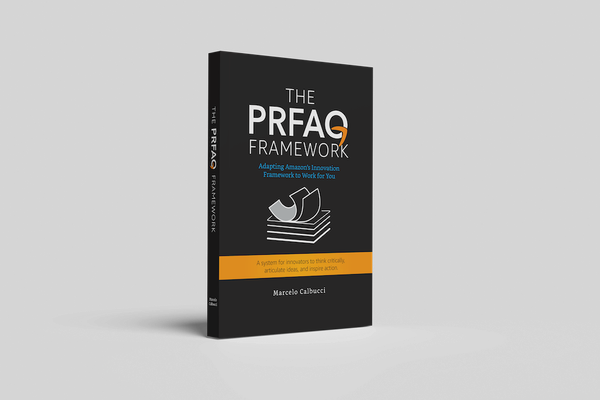A TPM's Birdseye Run-Through Introducing Kafka, Kubernetes, and Go

In the ever-evolving landscape of software development, developers are constantly seeking tools and frameworks that can enhance productivity and scalability. Three technologies that have gained immense popularity in recent years are Golang, Kafka, and Kubernetes. Each of these technologies serves a distinct purpose in the development and deployment of modern applications. In this article, we will provide an overview of Golang (Go), Kafka, and Kubernetes, highlighting their features, benefits, and how they work together to empower developers.
Golang (Go)
Golang, often referred to as Go, is an open-source programming language developed by Google. Designed to be simple, efficient, and highly concurrent, Go has gained a reputation for its strong performance and ease of use. Its static typing and garbage collection features make it a popular choice for building high-performance and scalable applications. Go’s simplicity, along with its built-in support for concurrency, makes it well-suited for developing microservices, APIs, and backend systems. It has a growing ecosystem of libraries and frameworks, making it a versatile language for a wide range of projects.
Apache Kafka
Apache Kafka is a distributed event streaming platform that provides a highly scalable and fault-tolerant system for handling real-time data feeds. Kafka is known for its ability to handle high volumes of data and process streams of events in a fault-tolerant manner. It operates based on a publish-subscribe model, where producers publish data to Kafka topics, and consumers subscribe to those topics to consume the data. Kafka’s durability, fault tolerance, and low latency make it an excellent choice for building real-time data pipelines, event-driven architectures, and streaming applications.
Kubernetes
Kubernetes, also known as K8s, is an open-source container orchestration platform that simplifies the deployment, scaling, and management of containerized applications. It provides a robust infrastructure for automating the deployment and management of applications across clusters of machines. Kubernetes abstracts the underlying infrastructure, allowing developers to focus on writing code and defining the desired state of their applications. With its self-healing capabilities, load balancing, and automatic scaling, Kubernetes enables developers to build highly available and scalable applications that can run seamlessly across different environments, including on-premises and cloud platforms.
Combining Golang, Kafka, and Kubernetes
When combined, Golang, Kafka, and Kubernetes form a powerful stack for developing and deploying modern applications. Golang’s efficiency and concurrency make it an excellent language for building the backend systems and microservices that can process and transform data. Kafka acts as a high-performance data pipeline, providing a reliable and scalable means of handling real-time event streams. Kubernetes, on the other hand, enables the seamless deployment and management of containerized applications, allowing developers to leverage the scalability and fault tolerance of Kubernetes to run their applications at scale.
In the fast-paced world of software development, staying ahead requires leveraging the right tools and technologies. Golang, Kafka, and Kubernetes have emerged as popular choices for developers aiming to build efficient, scalable, and fault-tolerant applications. Go’s simplicity and concurrency, Kafka’s streaming capabilities, and Kubernetes’ container orchestration provide developers with a powerful toolkit to tackle complex software challenges. By understanding the strengths of each technology and how they complement each other, developers can unlock new possibilities and build robust applications for the future.





